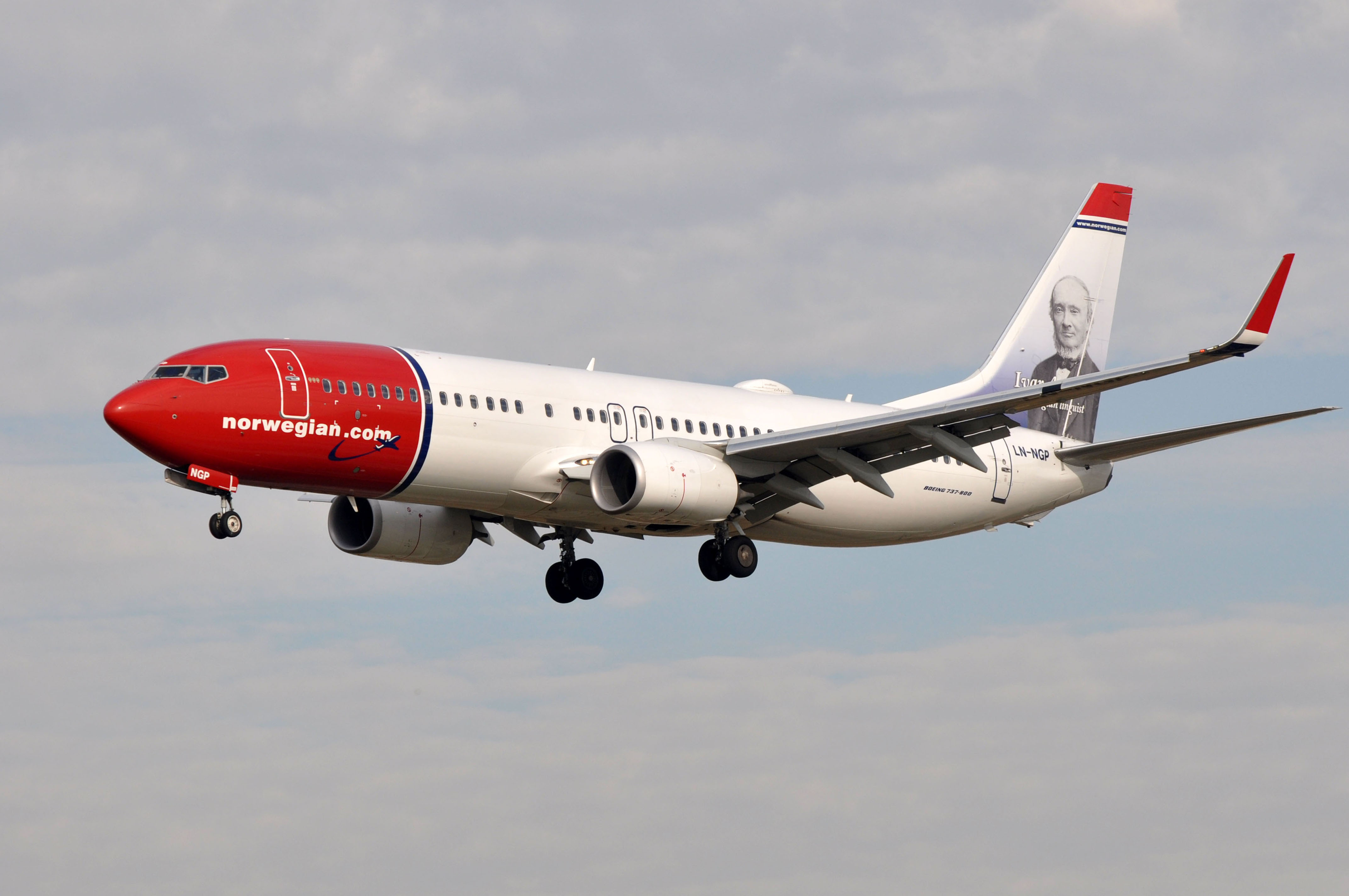Speaking Thursday during a fourth-quarter/full-year earnings presentation with analysts, NAS chief financial officer Geir Karlsen stressed that discussions to form a leasing joint venture with a “very strong Asian company” have progressed and the parties have signed a letter of intent.
“The discussions are now involving our whole Airbus orderbook,” he said. “There are now three parties sitting around the same table. This is the reason why it is taking a bit longer than we wanted.” At the end of January, Norwegian had placed with Airbus firm orders for 65 A320neo and 30 A321neo jets, according to the OEM’s latest orders and deliveries overview.
In a parallel effort aimed at reducing Norwegian’s capital expenditure commitments related to pre-delivery payments, Arctic Aviation Assets signed an agreement with Airbus to postpone delivery of four A321LRs from 2019 to 2020 and with Boeing to delay delivery of twelve 737 Max 8s from 2020 to 2023 and 2024. Earlier this week, the lessor sold two A320neos due for delivery later this month.

Norwegian Air Shuttle Boeing 737-800, Eric Salard, Paris, France
In the past six months, Norwegian divested 15 aircraft and signed letters of intent to sell a further four. Chief executive Bjorn Kjos called the market “incredibly good” to divest short-haul aircraft. “We see a huge demand in Asia for narrowbodies and interest for the orderbook we have,” he said. Delivering on its fleet-renewal strategy, the LCC is selling several of its 737-800s, the process for which could accelerate if the ongoing network analysis demonstrates the airline’s fleet consists of too many aircraft.
Under its #Focus2019 cost-cutting program, Norwegian has begun reviewing the profitability of its entire network. “We are going over every route,” Karlsen said. “We have already closed routes and bases, and we will probably see more of this going forward. If it turns out we have too many aircraft we will sell them.”

“Norwegian has been through a period with significant growth, but now the company will change its strategic focus from expansion and growth to profitability,” Kjos noted. Growth plans call for a capacity increase of 5 to 10 percent over the next four years, compared with a systemwide capacity hike of 37 percent in 2018. The four-year plan calls for a 5 to 10 percent rise in widebody available seat kilometers and a 3 to 5 percent increase in narrowbody capacity. Norwegian plans to expand its fleet this year with five new Boeing 787-9s and sixteen 737 Maxs.
Norwegian blamed its full-year loss of NOK1.45 billion ($170.3 million) on “significant” costs related to Rolls-Royce engine issues powering its 787 fleet, fuel hedge losses, and tough competition in a period of strong growth. It reached an agreement with the UK engine manufacturer in December. “Dreamliner operation is now running smoothly, and we don’t foresee that engine issues will affect our service going forward,” concluded Kjos.
Sources: Norwegian, Wikipedia, NewsNow








